The 10 weird and wonderful species conservationists are watching in 2025
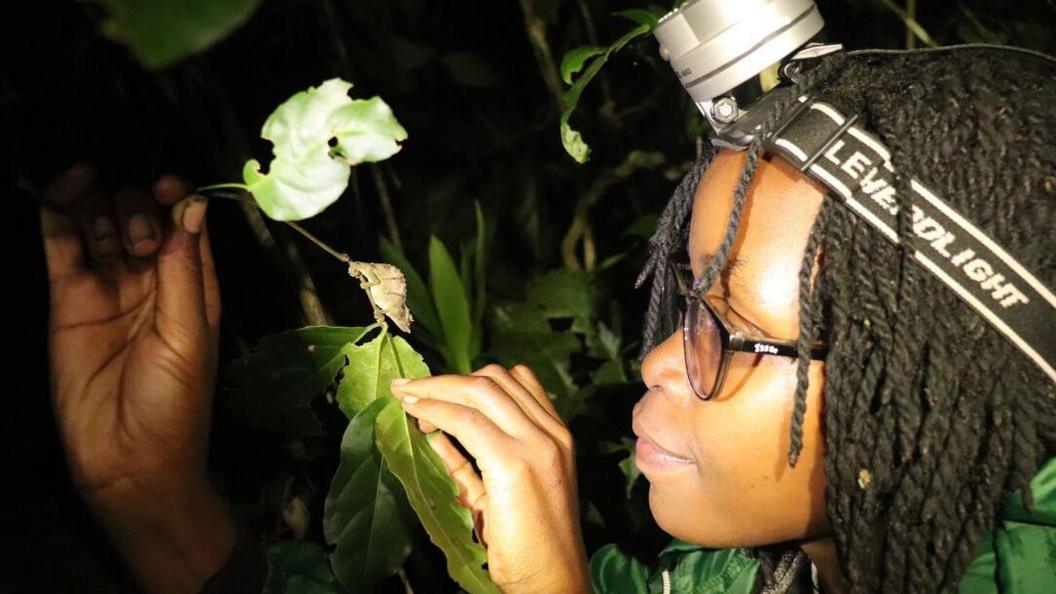
The Nguru spiny pygmy chameleon is a tiny reptile conservationists are working to protect
- Published
A chameleon the size of a paper clip and an enormous whale shark are among the threatened species being monitored by conservationists in 2025.
International nature conservation group, Fauna & Flora, has identified 10 weird and wonderful species at risk of extinction for its 'watch list' this year.
It's working with partners across the world to help ensure their survival.
The species are facing threats such as habitat loss, climate change, disease and hunting, the charity said.
More conservation stories
Guide: What are endangered species?
- Published9 June 2022
How conservationists are successfully returning tigers to the wild
- Published13 December 2024
Meet Chester Zoo's newest black rhino
- Published22 November 2023
What other species are on the watch list?
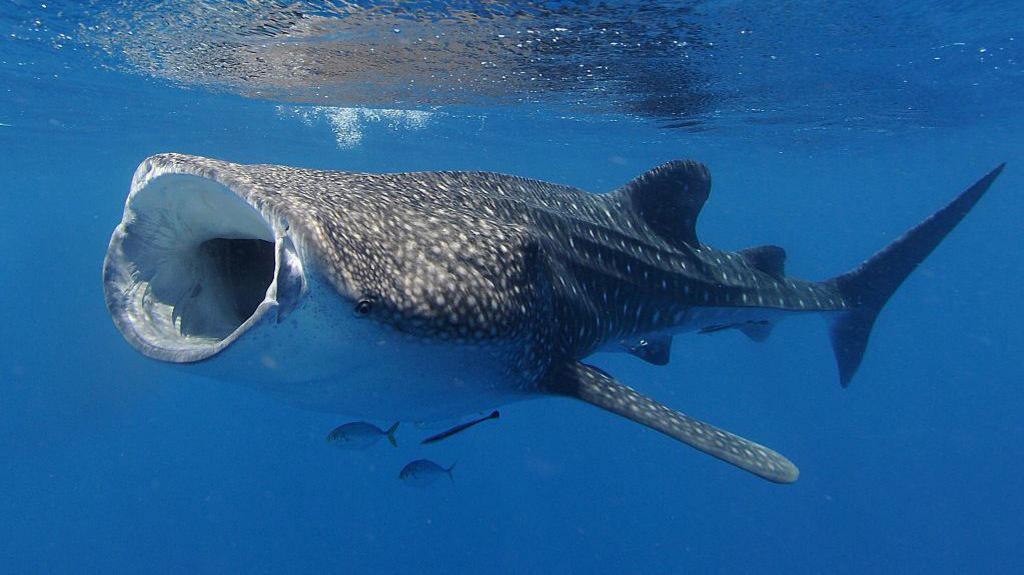
The teams have some jaw-some ideas about how to protect whale sharks
The list includes the critically endangered European mink, found in countries such as Romania, a recently discovered species of magnolia tree found in Honduras, and the great hornbill bird from south Asia.
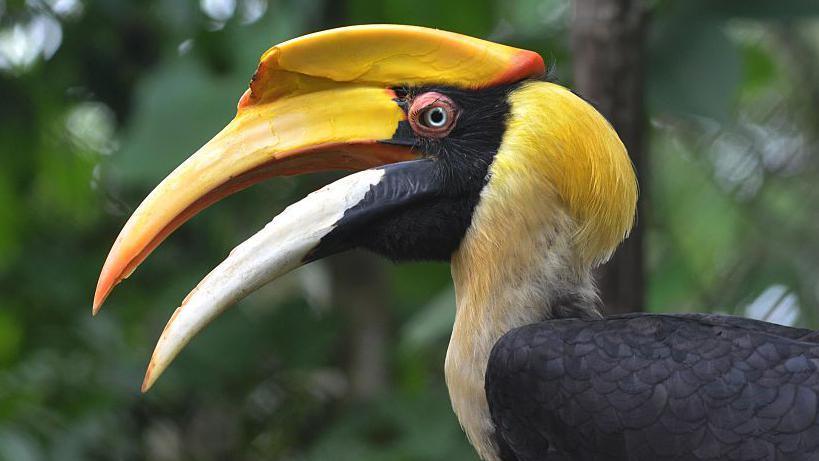
The great hornbill bird from south Asia is one to watch
Other species on the watch list include the Antillean manatee, sometimes called sea cows, and one of the world's rarest primates called the grey-shanked douc langur.
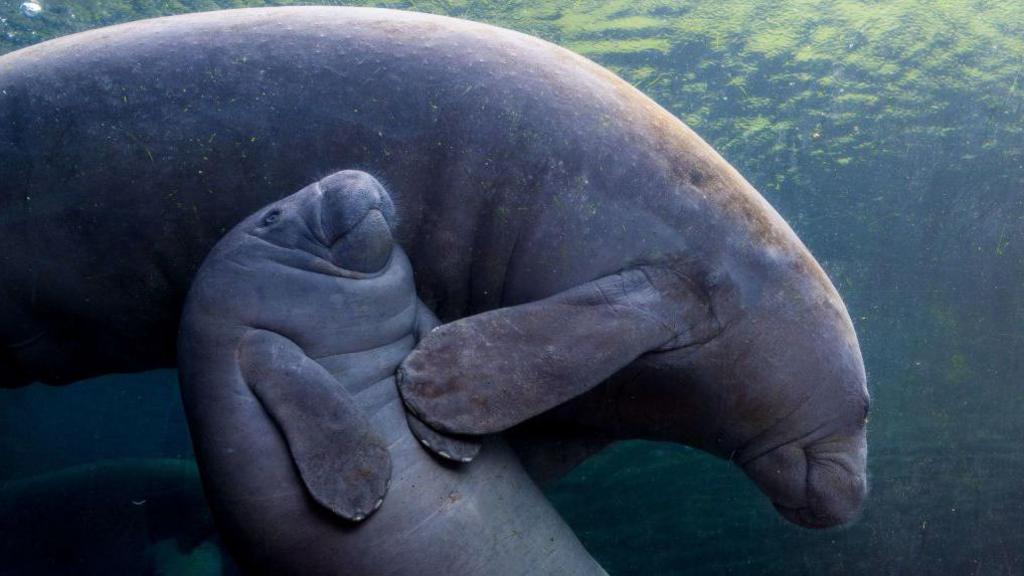
An Antillean manatee swimming with its baby
Also included is the African wild dog and the mountain chicken which, despite its name, is actually one of the world's largest and rarest frogs.

The mountain chicken frog is one of the world's largest and rarest frogs
The charity is also working to understand why the steppe tortoise is being illegally trafficked. This was the the first animal to successfully orbit the Moon in 1968.
It is found in countries such as Kazakhstan, Kyrgyzstan, Tajikistan and Uzbekistan.
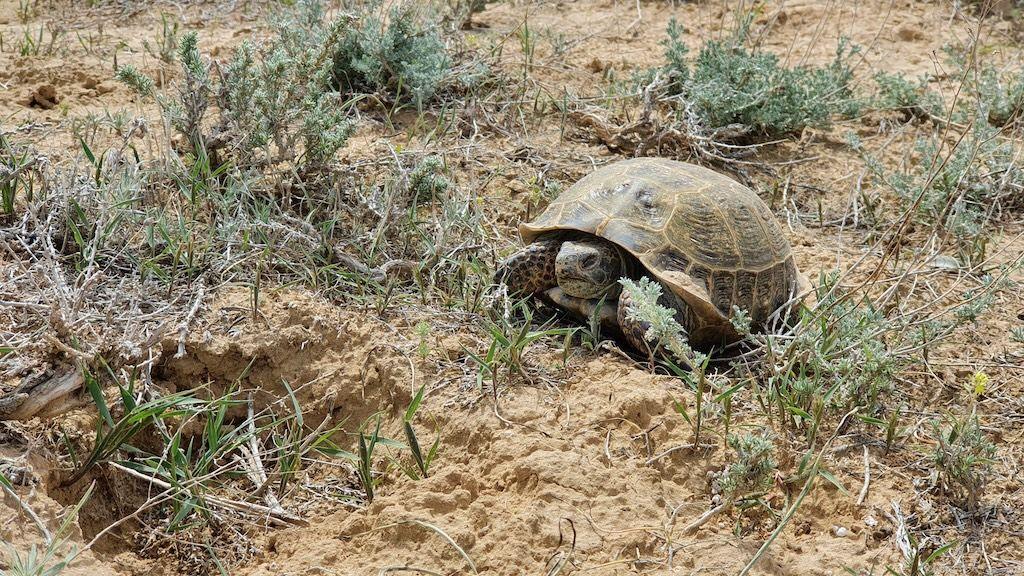
Populations of the steppe tortoise are steeply declining
What work is being done to protect these species?
Fauna & Flora teams and their local partners are working with communities in the parts of the world where these species are found to try and change their story going forward.
They'll be doing things like putting recovery plans in place and securing protection for them.
Kristian Teleki, who is Fauna & Flora's chief executive, said: "Together with our global network of partners, we're working to protect a wide range of species teetering on the brink of extinction."
More wonderful wildlife
- Published21 October 2024
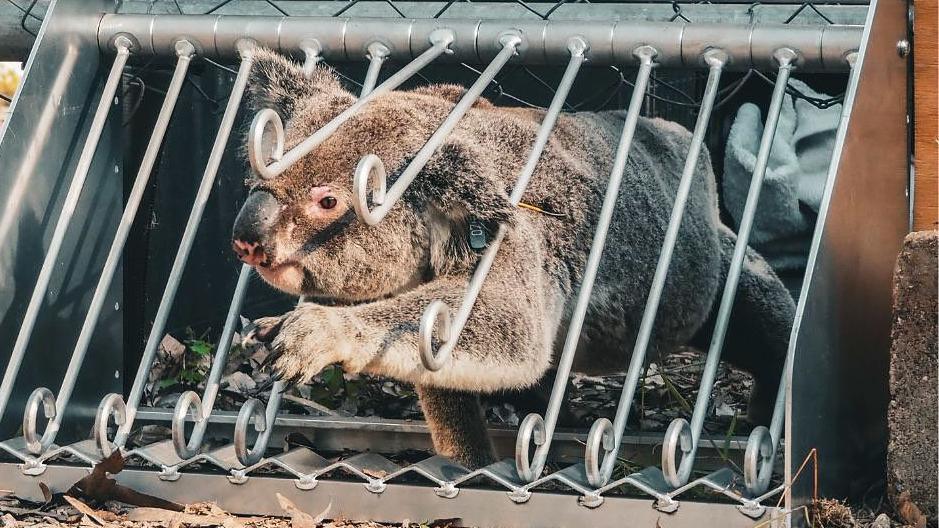
- Published17 October 2024
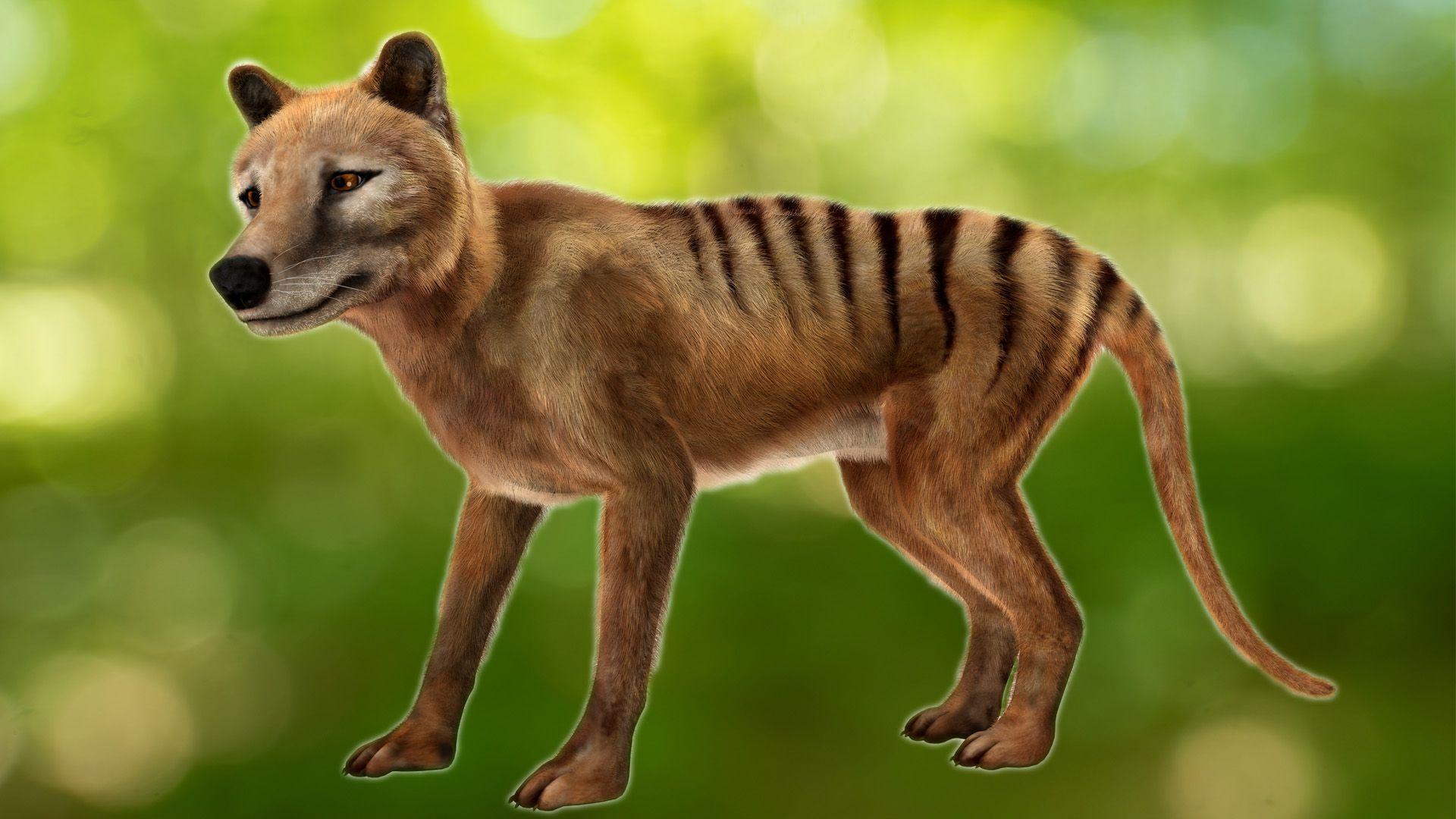
- Published9 December 2019

